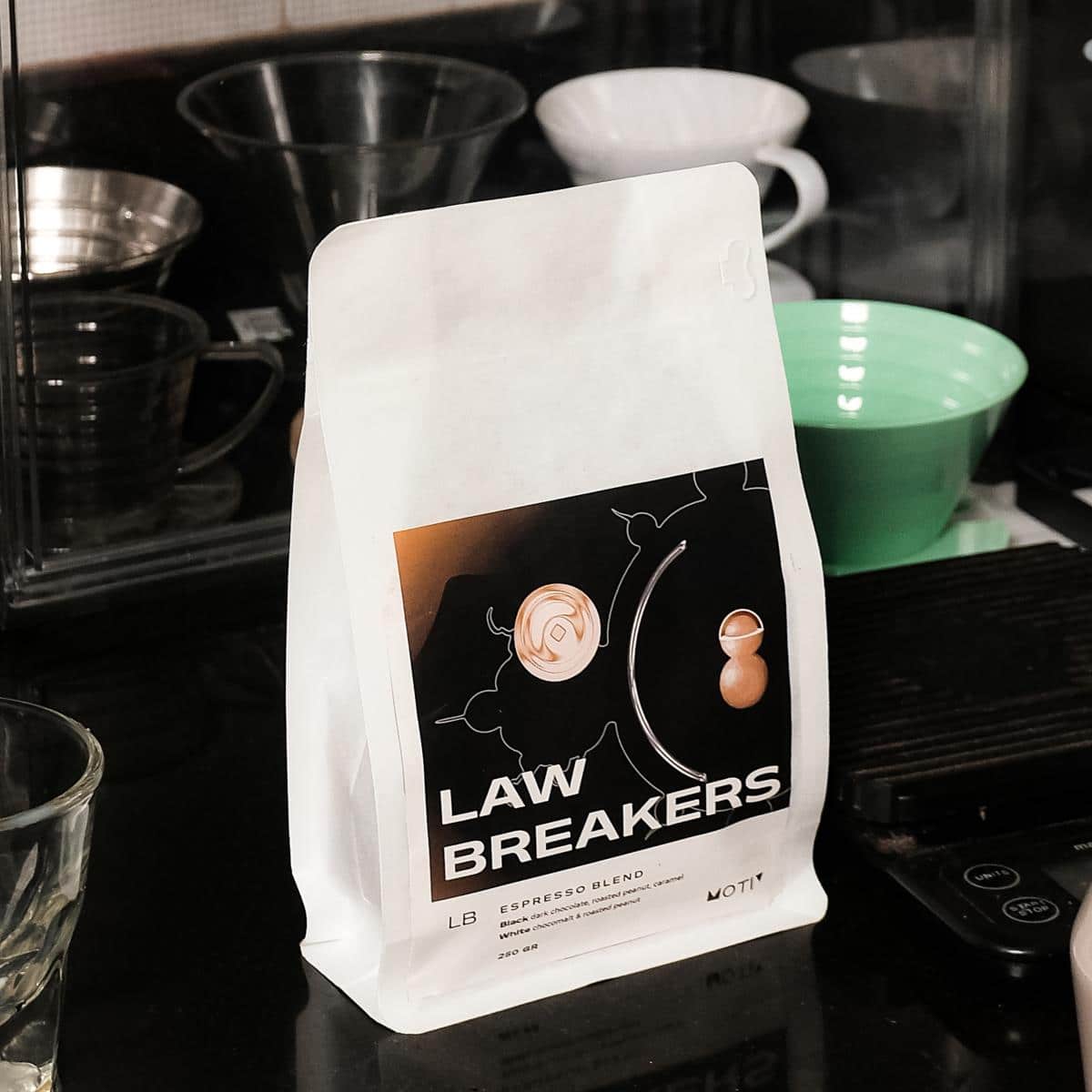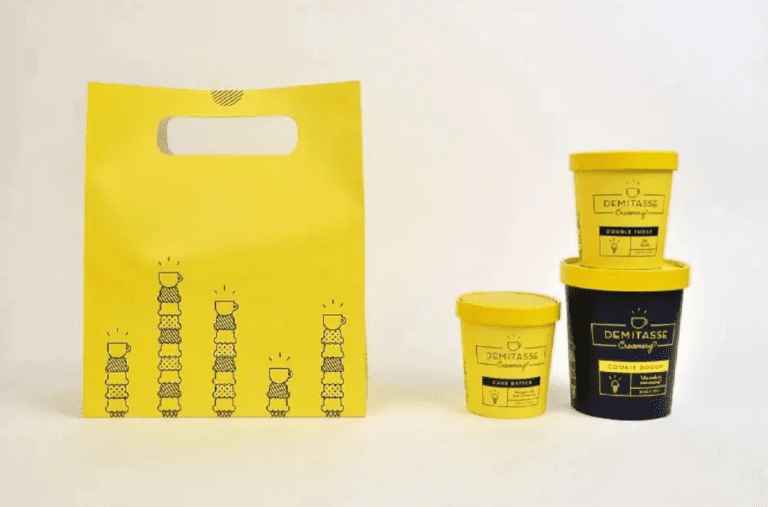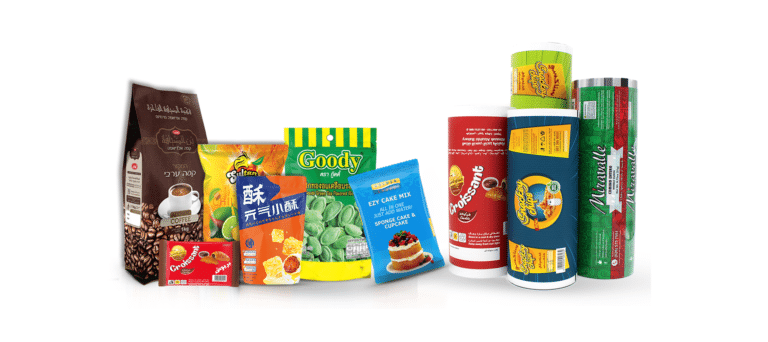Piawaian Kebersihan dan Keselamatan Makanan dalam Beg Pembungkusan Makanan
Piawaian Kebersihan dan Keselamatan Makanan dalam Beg Pembungkusan Makanan
pengenalan:
Mengekalkan piawaian kebersihan yang tinggi dan memastikan keselamatan makanan adalah kebimbangan utama dalam pengeluaran dan penggunaan beg pembungkusan makanan. Pencemaran dan pengendalian yang tidak betul boleh membawa kepada risiko kesihatan yang serius kepada pengguna. Artikel ini membincangkan kepentingan standard kebersihan dalam beg pembungkusan makanan dan meneroka langkah -langkah dan amalan yang mesti dilaksanakan untuk menegakkan keselamatan makanan sepanjang proses pembungkusan.
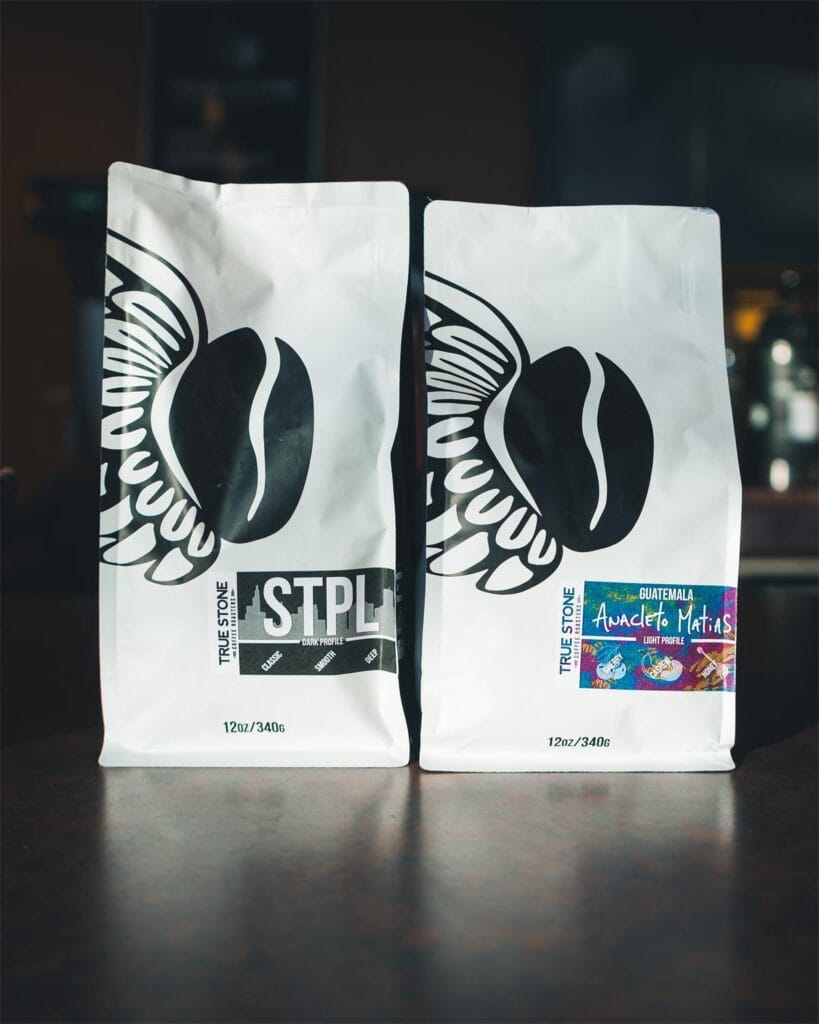
- Kepentingan kebersihan dalam beg pembungkusan makanan:
a. Risiko pencemaran: Menonjolkan sumber pencemaran yang berpotensi, termasuk mikrob, kimia, dan bahaya fizikal, semasa pengeluaran, penyimpanan, dan pengangkutan pembungkusan makanan.
b. Implikasi kesihatan pengguna: Membincangkan risiko kesihatan yang berkaitan dengan memakan makanan yang telah dibungkus dalam keadaan tidak bersih, seperti penyakit bawaan makanan, Reaksi alergi, atau pencemaran kimia.
c. Keperluan pengawalseliaan: Menangani pelbagai peraturan dan piawaian kebangsaan dan antarabangsa yang mengawal kebersihan pembungkusan makanan, termasuk amalan pembuatan baik semasa FDA (cgmp) dan ISO 22000 piawaian. - Amalan kebersihan dalam pengeluaran beg pembungkusan makanan:
a. Kebersihan kemudahan: Menonjolkan kepentingan mengekalkan kemudahan pengeluaran yang bersih dan dibersihkan, termasuk jadual pembersihan biasa, Pengurusan sisa yang betul, dan kawalan perosak.
b. Kebersihan diri: Membincangkan keperluan untuk kakitangan yang mengendalikan beg pembungkusan makanan untuk mematuhi amalan kebersihan yang ketat, seperti memakai pakaian pelindung yang sesuai, kerap mencuci tangan, dan menjalani pemeriksaan kesihatan.
c. Kebersihan peralatan: Memastikan jentera pengeluaran, perkakas, dan alat yang digunakan dalam pengeluaran beg pembungkusan makanan dibersihkan dan dibersihkan secara teratur untuk mengelakkan pencemaran silang.
d. Langkah -langkah kawalan kualiti: Melaksanakan prosedur kawalan kualiti, seperti ujian produk, Pemantauan mikrob, dan pemeriksaan visual, Untuk mengenal pasti risiko pencemaran semasa pengeluaran. - Bahan pembungkusan dan keselamatan makanan:
a. Pemilihan bahan: Meneroka kepentingan memilih bahan pembungkusan gred makanan yang selamat, tidak toksik, dan tahan pertumbuhan mikrob.
b. Migrasi dan Leaching: Menangani potensi risiko penghijrahan dan larutan bahan berbahaya dari bahan pembungkusan ke dalam makanan, dan keperluan untuk ujian dan pematuhan yang betul terhadap peraturan hubungan makanan.
c. Sifat penghalang: Memastikan bahan pembungkusan mempunyai sifat penghalang yang berkesan, seperti rintangan kelembapan, Ketidakhadiran oksigen, dan perlindungan ringan, untuk mengekalkan kualiti makanan dan mencegah kerosakan.
d. Integriti dan fungsi pembungkusan: Menekankan kepentingan mengekalkan integriti pembungkusan melalui pengedap yang betul, sistem penutupan, dan ciri-ciri yang jelas untuk mencegah pencemaran dan memastikan keselamatan produk. - Amalan pembuatan yang baik dan jaminan kualiti:
a. Prosedur operasi standard (SOP): Membangun dan melaksanakan SOP untuk semua aspek pengeluaran beg pembungkusan makanan, termasuk amalan kebersihan, penyelenggaraan peralatan, dan kawalan kualiti.
b. Latihan dan Pendidikan: Menyediakan program latihan yang komprehensif untuk pekerja untuk memastikan pemahaman mereka mengenai protokol kebersihan, risiko keselamatan makanan, dan peranan mereka dalam menegakkan piawaian.
c. Kebolehkesanan dan ingat produk: Mewujudkan sistem untuk kebolehkesanan, dari bahan mentah hingga produk siap, untuk memudahkan penarikan semula produk yang berkesan sekiranya berlaku pencemaran atau kebimbangan keselamatan.
d. Penambahbaikan dan Audit Berterusan: Menjalankan audit kebersihan biasa, pemeriksaan dalaman dan pihak ketiga, dan inisiatif penambahbaikan yang berterusan untuk mengenal pasti dan membetulkan sebarang jurang kebersihan yang berpotensi atau masalah ketidakpatuhan.
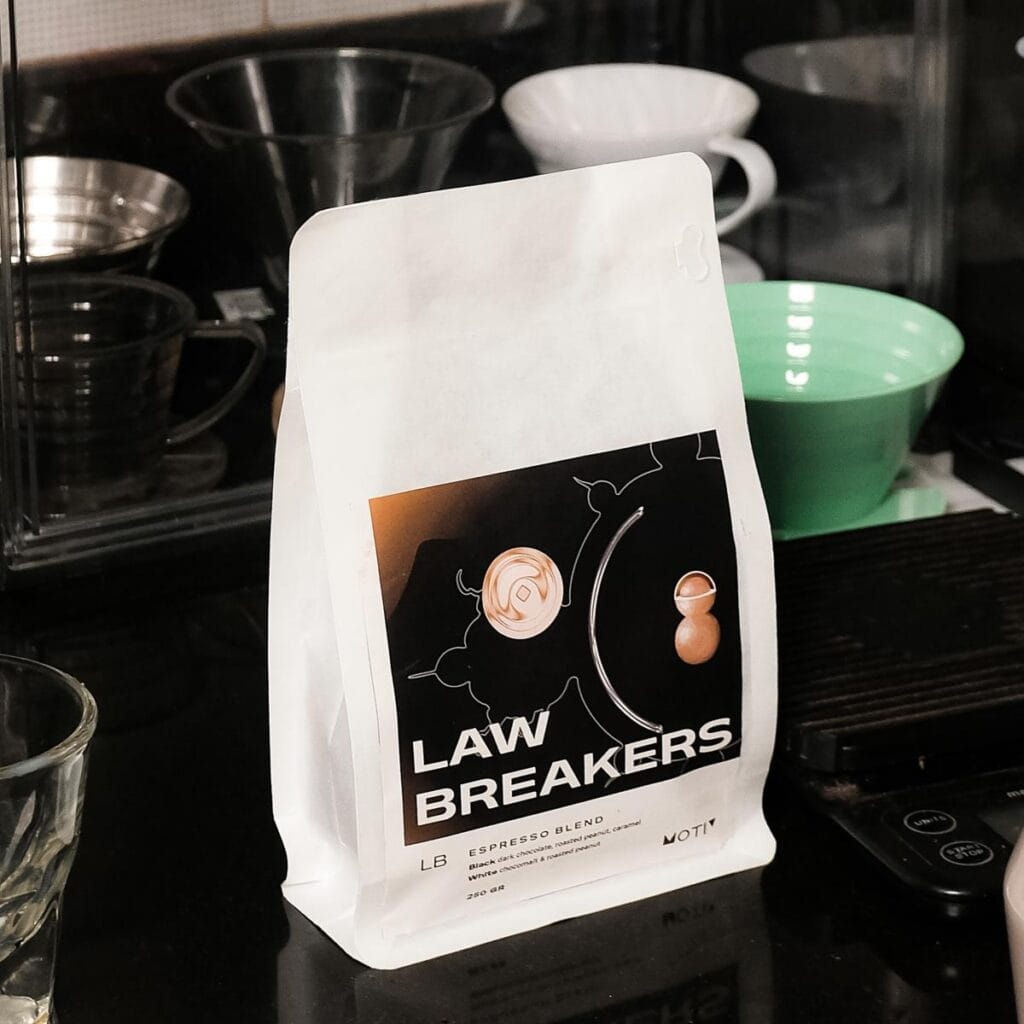
Kesimpulan:
Mengekalkan piawaian kebersihan yang tinggi dan memastikan keselamatan makanan adalah tanggungjawab utama dalam pengeluaran beg pembungkusan makanan. Dengan melaksanakan amalan kebersihan yang betul, Memilih Bahan Pembungkusan Selamat, dan mematuhi keperluan pengawalseliaan, Pengilang dapat meminimumkan risiko pencemaran dan melindungi kesihatan pengguna. Pemantauan berterusan, latihan, dan pematuhan kepada amalan pembuatan yang baik akan menyumbang kepada pengeluaran dan penggunaan beg pembungkusan makanan yang memenuhi standard kebersihan yang ketat dan menggalakkan keselamatan makanan di seluruh rantaian bekalan.
hubungi pakar pembungkusan makanan kami

